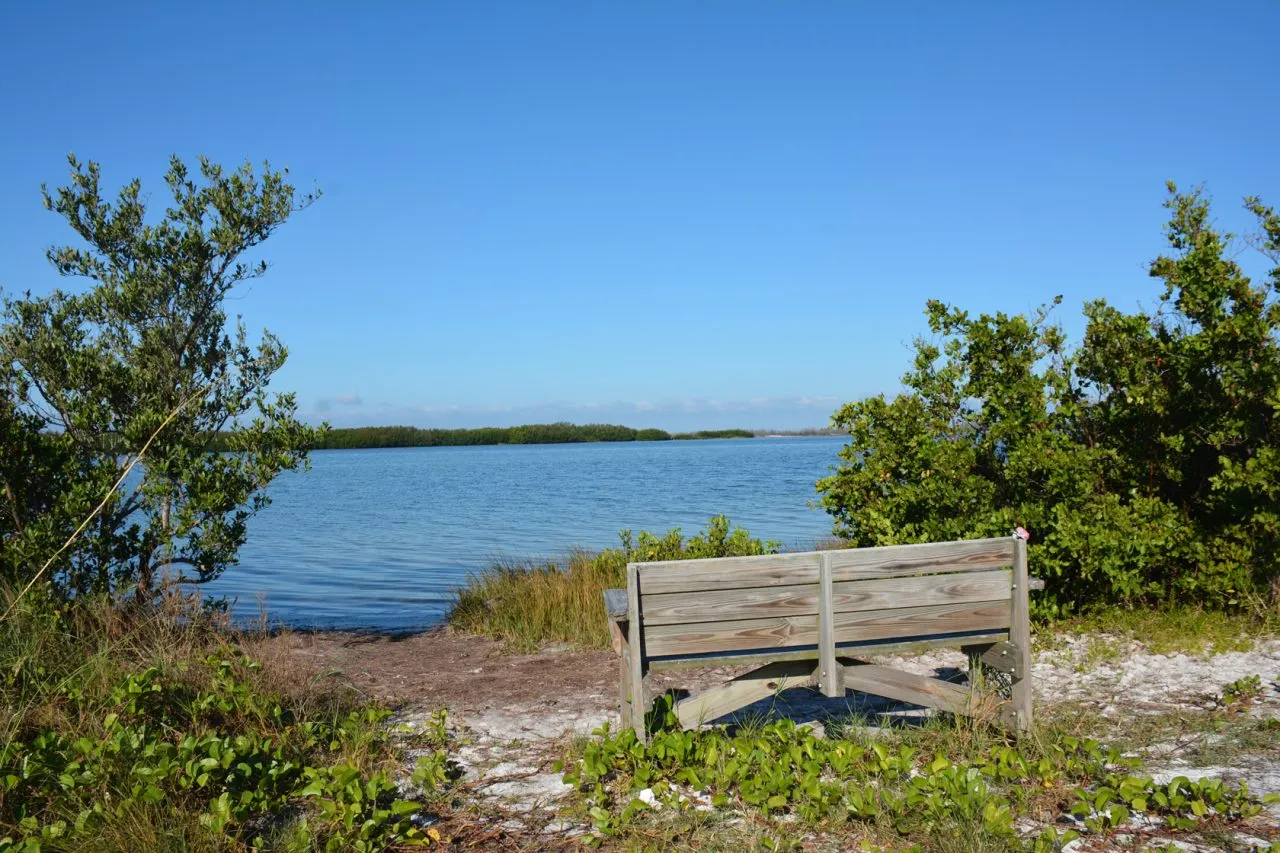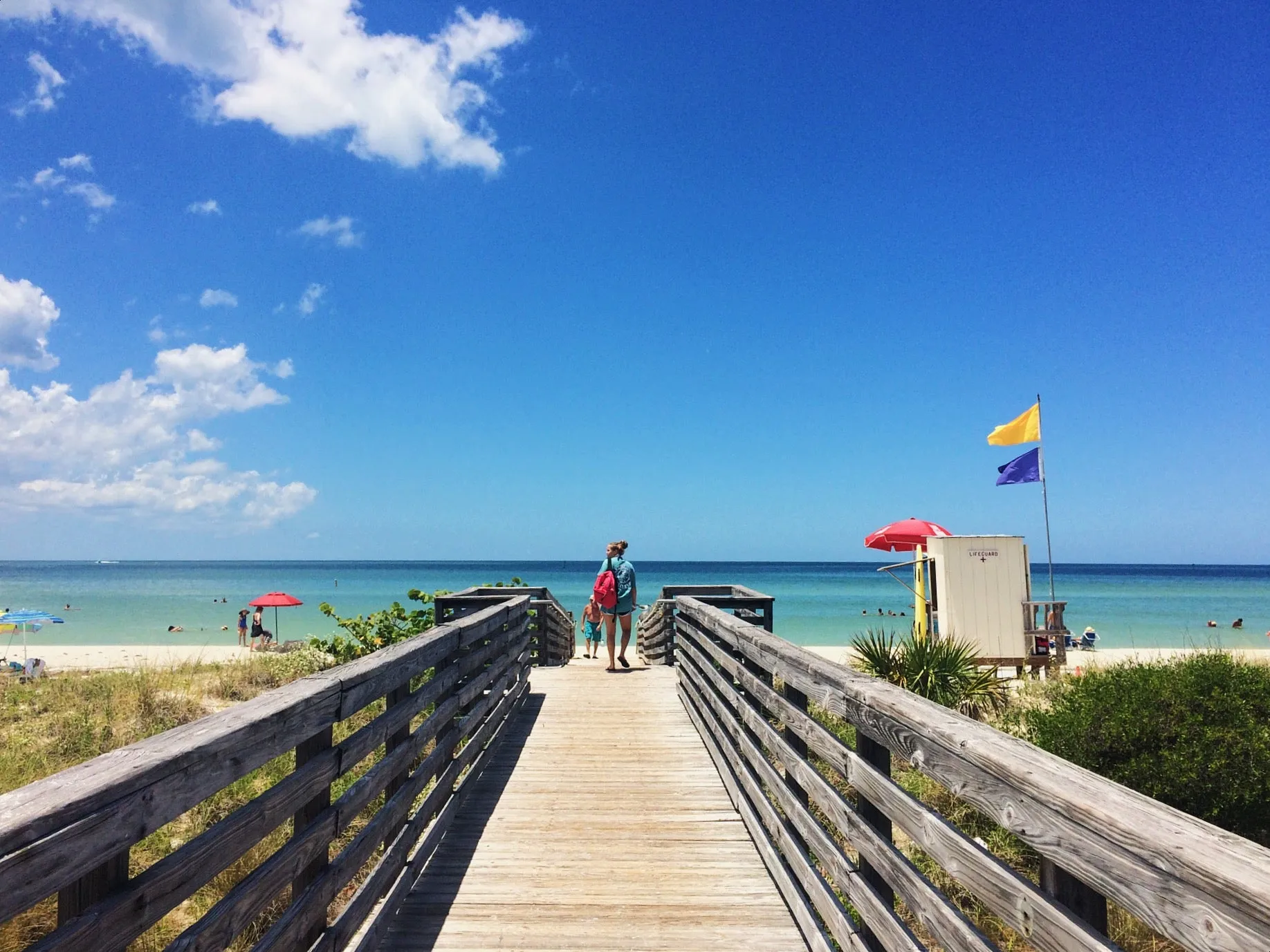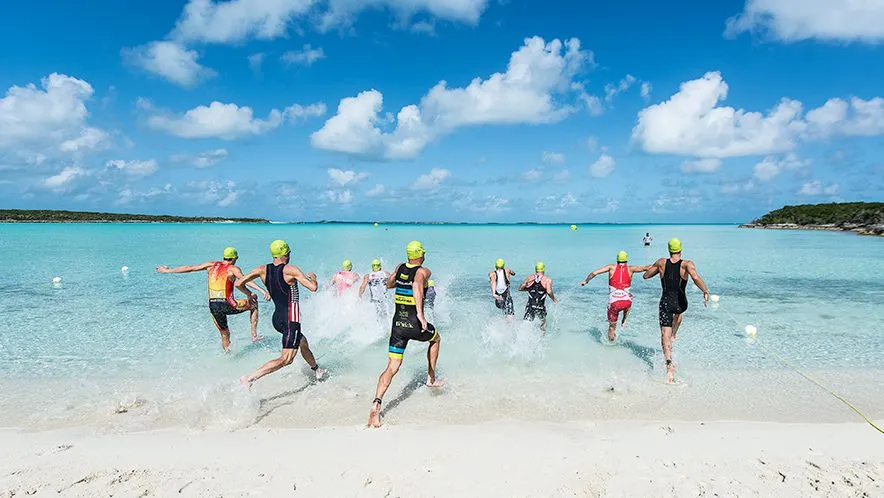Honeymoon Island Triathlon Essential Training Components
Preparing for the Honeymoon Island Triathlon demands a comprehensive training approach. Success in this challenging event hinges on consistent dedication to swim, bike, and run training. This isn’t just about putting in the miles; it’s about strategically planning your workouts, incorporating proper recovery, and fueling your body correctly. The goal is not only to complete the race but to do so feeling strong and confident. Remember that consistency is key in triathlon training, so establishing a routine that fits your schedule is crucial. Listen to your body, adapt your plan as needed, and don’t be afraid to adjust your goals. Every triathlete’s journey is unique, and embracing the process will contribute to a rewarding race-day experience.
Swim Training Mastering the Open Water
Open water swimming is a unique challenge in triathlon, demanding skills distinct from pool swimming. To excel at the Honeymoon Island Triathlon swim, focus on several key areas. First, develop a strong sighting strategy; practice looking up regularly to navigate in a straight line, minimizing wasted energy. Next, get comfortable swimming in a group. Practice drafting behind other swimmers in open water, to conserve energy and understand the dynamics of swimming in a pack. Finally, practice specific open-water skills such as entering the water from a beach start, dealing with waves and currents, and staying calm under pressure. Proper swim technique and open-water practice are essential for a successful swim leg. Prioritize drills that focus on a high elbow catch, a strong pull-through, and a streamlined body position to minimize drag and improve efficiency. Incorporate varied workouts including endurance swims, interval sets, and drills to refine your technique.
Swim Drills and Techniques

Refining your swim technique through drills is crucial for efficiency and speed. Focus on drills that improve your catch, pull, and body rotation. The fingertip drag drill will help improve your catch, as you focus on maintaining a high elbow throughout the pull. The single-arm drill allows you to concentrate on each arm’s technique, ensuring a strong pull-through. The body rotation drill helps you increase your reach and generate more power. Kickboard work is also essential for building leg strength and improving your kick. Incorporate these drills regularly into your swim workouts to enhance your technique and overall performance. Practice these drills in both the pool and, if possible, in open water. Remember that consistent practice with proper form will contribute to improvements over time. Furthermore, working with a coach can offer valuable insights and personalized feedback, helping you address specific areas for improvement.
Bike Training Building Endurance and Speed
Cycling training for the Honeymoon Island Triathlon requires a focus on both endurance and speed. Build a solid base of endurance through long, steady-state rides. Gradually increase the duration of your rides to improve your aerobic capacity and build your base fitness. Incorporate interval training to boost your speed and power. These workouts involve short bursts of high-intensity effort followed by periods of recovery. Include hill repeats to build strength and power. Practice riding in different positions to improve aerodynamics and comfort on the bike. Nutrition and hydration are also critical during long rides; practice fueling and hydrating effectively during training so you can replicate it on race day. Remember to incorporate rest days and active recovery rides to prevent overtraining and allow your body to recover. Consider incorporating group rides and cycling with a partner to improve motivation and provide support during training.
Bike Workout Structure
Structure your bike workouts to include a variety of training types for comprehensive fitness. Begin with a warm-up of 10-15 minutes of easy riding to prepare your muscles. Then, incorporate different types of workouts such as: endurance rides at a conversational pace to build your aerobic base; interval training, involving short bursts of high-intensity effort with recovery periods, to improve speed and power; tempo rides, where you maintain a comfortably hard effort for an extended period, to increase your lactate threshold; and hill repeats, which are crucial for developing strength and power on climbs. Cool down with 10-15 minutes of easy riding after each workout. Vary your workouts each week, alternating between intensity and recovery days. Include a long ride once per week to build endurance. Remember to focus on proper bike fit to maximize efficiency and prevent injuries.
Run Training Optimizing Your Running Performance

Running training for the Honeymoon Island Triathlon should focus on building endurance, speed, and running economy. Incorporate a mix of easy runs, tempo runs, interval training, and long runs into your training plan. Easy runs should be performed at a comfortable pace, allowing you to build a base of aerobic fitness. Tempo runs are performed at a comfortably hard effort for a sustained period, helping to improve your lactate threshold. Interval training involves short bursts of high-intensity effort followed by recovery periods, improving your speed and power. Long runs gradually increase in distance, building your endurance and preparing you for the race distance. Running economy can be improved by practicing efficient running form, by proper footwear, and by strength training. Running on different surfaces can help prepare your legs for the various conditions you may encounter during the race. Varying your running routes will also prevent monotony and keep you motivated. Proper nutrition, hydration, and rest are essential for optimizing your running performance and preventing injuries.
Run Interval Training
Interval training is a highly effective method for improving your running speed and efficiency. Choose a variety of interval workouts based on your current fitness level and goals. Common interval workouts include: track workouts, where you run specific distances on a track at a fast pace, followed by recovery jogs; fartleks, which involve unstructured intervals where you vary your speed and effort based on how you feel; and hill repeats, where you run up a hill at a fast pace, followed by a recovery jog or walk downhill. During interval training, it’s essential to maintain the correct pace and listen to your body, especially to avoid injury. The intervals should be challenging but sustainable, allowing you to maintain good form. Ensure that your recovery periods are long enough for you to adequately recover before the next interval. Proper warm-up and cool-down routines are also important to prepare your muscles for running. Remember to track your progress and adjust your intervals based on your improvement.
Honeymoon Island Triathlon Race Day Preparation
Successful race day preparation for the Honeymoon Island Triathlon requires a combination of strategic planning and meticulous execution. From nutrition and hydration strategies to gear checklists and transition zone tactics, every detail can significantly impact your performance. By following a well-thought-out plan, you can minimize unexpected challenges and maximize your chances of reaching your goals. Prior to race day, practice all aspects of the race in training. Visualize the course, the transitions, and the entire race day experience. This familiarity will help you maintain confidence and minimize stress on race day. Prepare all your gear in advance and have a plan for any potential issues, so you can adapt as needed. Remember to relax and enjoy the experience—you have put in the work, so trust in your training.
Nutrition and Hydration Strategies

Proper nutrition and hydration are critical aspects of race day performance. Start hydrating well in advance of the race and continue to sip water and electrolyte drinks throughout the day. Prior to the swim, consume a light, easily digestible meal. During the bike, regularly consume carbohydrates and electrolytes to fuel your muscles and prevent dehydration. Practice your race-day fueling strategy during training to ensure your body can tolerate and utilize it efficiently. A good rule is to consume roughly 30-60 grams of carbohydrates per hour on the bike, along with adequate fluids. Consider the weather conditions and adjust your fluid intake accordingly. Avoid trying new foods or drinks on race day. If possible, have your nutrition and hydration plan written down, and carry it with you for reference. Don’t forget to factor in the run; your fueling strategy will need to continue even after the bike leg. Experiment with different gels, chews, or sports drinks during your training to determine what works best for you.
Pre-Race Meal Planning
Careful pre-race meal planning is crucial for optimizing your energy levels and ensuring a comfortable race experience. The meal before the race should be easily digestible and rich in carbohydrates to fuel your muscles. Avoid foods high in fat or fiber, as these can cause digestive issues. Eat your pre-race meal about 2-3 hours before the race start. Choose foods like oatmeal, toast with jam, a banana, or a sports drink. During the week leading up to the race, focus on consuming a balanced diet with plenty of carbohydrates to fill your glycogen stores. Stay hydrated and consume plenty of fluids leading up to race day. The night before the race, have a familiar and well-balanced dinner. Avoid trying any new foods that could upset your stomach. Plan the meals and snacks you will need for the race day well in advance. Pack your snacks and drinks to make sure you have everything you need. Consider the weather and the time of day when choosing your meals.
Race Day Gear Checklist
Having the correct gear on race day is crucial for a smooth and successful race. Create a detailed checklist to ensure you have everything you need. Some key items include: your wetsuit, swim cap, goggles, and race-day outfit; your bike, helmet, cycling shoes, water bottles, and flat repair kit; your running shoes, socks, race belt, and hat or visor; and fuel, such as energy gels, chews, and sports drinks. Pack your gear in advance and label everything, especially items for the transition area. Practice setting up your transition area during training to ensure you are familiar with where everything goes. Double-check the race rules and regulations for any mandatory gear requirements. Consider the weather forecast and pack extra clothing and gear if needed. Make sure all your gear is in good working condition and has been tested during training. Organize your gear in a logical order for quick and efficient transitions. Having a well-organized gear setup will minimize stress and save time on race day. Be sure to include sunscreen to protect your skin from the sun.
Transition Zone Strategies

Mastering transition zone strategies can significantly reduce your overall race time. Practice transitions during your training, and create a specific plan for each transition. As you approach the first transition (T1) from swim to bike, familiarize yourself with the transition area layout in advance. Have your gear organized in a logical order, with essential items readily accessible. After exiting the water, quickly remove your wetsuit and put on your helmet and cycling shoes. Then, grab your bike and run to the mount line. In T2 (bike to run), dismount your bike before the dismount line and place it on the designated rack. Put on your running shoes, grab your race belt, and start the run. Practice your transition moves regularly to build muscle memory and speed. Visualize each transition repeatedly to help you prepare mentally. Make sure you know where your gear is located and how to access it quickly. Remember to keep the transitions smooth and efficient, without wasting valuable time. A well-executed transition can gain you valuable seconds or minutes in the race. Focus on both speed and efficiency, to avoid costly mistakes during the event.
Honeymoon Island Triathlon Mental Toughness and Race Strategy
Mental toughness and a well-defined race strategy are essential for overcoming the challenges of the Honeymoon Island Triathlon. Mental toughness involves developing your ability to cope with stress, maintain focus, and persevere through difficult moments. A well-structured race strategy includes pacing yourself during each leg, managing your energy, and adapting to unexpected situations. Training your mental game is just as important as training your physical body. Incorporate positive self-talk to boost your confidence and maintain a positive attitude. Visualize yourself successfully completing the race. Have a backup plan in case something goes wrong. Remember that the race is a mental battle as much as it is physical. Be prepared to stay calm and focused, even when things don’t go as planned. Having a solid race strategy can help you manage your efforts and make smart decisions during the race. The combination of mental fortitude and strategic planning is the key to success.
Visualization Techniques
Visualization is a powerful tool for enhancing your mental toughness and preparing for the Honeymoon Island Triathlon. Practice visualizing every aspect of the race, from the start to the finish, on a regular basis. Visualize yourself swimming, biking, and running with confidence and efficiency. See yourself overcoming any challenges or obstacles. Focus on the positive outcomes. When you visualize, engage all your senses, picturing the sights, sounds, and feelings of the race. Visualize the race course, the transitions, and the finish line. Repeat these visualizations frequently. Create a clear, detailed mental picture of what you want to achieve. Visualize yourself feeling strong, confident, and in control throughout the race. Use positive affirmations to reinforce your mental visualizations. Remember that visualization helps prepare your mind and body for the race, by helping to reduce stress and improve performance on race day.
Pacing Strategies for Each Leg

Effective pacing strategies are crucial for optimal performance throughout the Honeymoon Island Triathlon. During the swim, aim for a steady pace that you can maintain comfortably, conserve energy, and minimize stress. Avoid starting too fast and getting out of breath early. On the bike, aim for a consistent pace and adjust your speed based on the course conditions and your physical state. Maintain a sustainable effort level that allows you to complete the bike leg efficiently without burning out. During the run, start with a controlled pace and gradually increase your speed as you feel stronger, but do not push too hard in the beginning. Regularly monitor your heart rate and effort level to ensure you’re within your target zones. Break down each leg into manageable segments, and focus on achieving your goals for each segment. Listen to your body and adjust your pace accordingly. Practice your pacing strategies during training to refine your race plan and ensure you are comfortable with your strategy.
Honeymoon Island Triathlon Post-Race Recovery
Post-race recovery is just as important as the training leading up to the Honeymoon Island Triathlon. Proper recovery helps your body repair, rebuild, and prevent injury. Immediately after the race, focus on gentle activities and allow your body to gradually cool down. Adequate recovery allows your muscles to repair the damage caused by the race and replenish energy stores. Recovery begins the moment you cross the finish line. Taking the right steps can help you bounce back quickly, minimize soreness, and optimize your recovery process. It is equally important to ensure you get enough sleep, the quality of your sleep has a large impact on recovery and overall health. Incorporate nutrition and hydration to support recovery. Remember that adequate recovery ensures your body can adapt to the rigors of training and prevent overuse injuries. Be patient, and listen to your body’s signals.
Cool-down and Stretching
Immediately after finishing the Honeymoon Island Triathlon, cool down and stretch to aid in recovery. A cool-down involves performing light activities such as walking or easy cycling for about 10-15 minutes to gradually lower your heart rate. Stretching helps increase blood flow to the muscles, which helps to reduce muscle soreness and stiffness. Focus on stretching all the major muscle groups used during the race, including your legs, back, and shoulders. Hold each stretch for about 20-30 seconds, and avoid bouncing. Consider performing dynamic stretches before the race and static stretches afterward. The right cool-down routine can help reduce muscle soreness and improve recovery. Listen to your body and avoid pushing too hard during the cool-down. You should feel relaxed and not experience any pain. Incorporate these simple yet effective cool-down and stretching techniques into your post-race routine. Make sure to remain hydrated throughout the cool down process.
Nutrition for Recovery

Proper nutrition is crucial for post-race recovery after the Honeymoon Island Triathlon. Consume a combination of carbohydrates, protein, and healthy fats within 30-60 minutes of finishing the race. Carbohydrates replenish your glycogen stores, which were depleted during the race. Protein helps repair and rebuild muscle tissue. Healthy fats support overall health and nutrient absorption. Focus on easily digestible foods, such as a recovery shake, a smoothie with fruit, yogurt, and protein, or a sandwich with lean protein and whole-grain bread. In addition to consuming carbohydrates and protein, ensure you are drinking plenty of water and electrolyte drinks to rehydrate and replenish electrolytes lost through sweat. Continue to eat balanced meals in the days following the race to support continued recovery and muscle repair. Choose foods with anti-inflammatory properties to reduce muscle soreness. Consider a sports nutrition supplement if you cannot meet your nutritional needs through food alone. Prioritize nutrient-rich foods and hydrate well to support your body’s recovery process.
